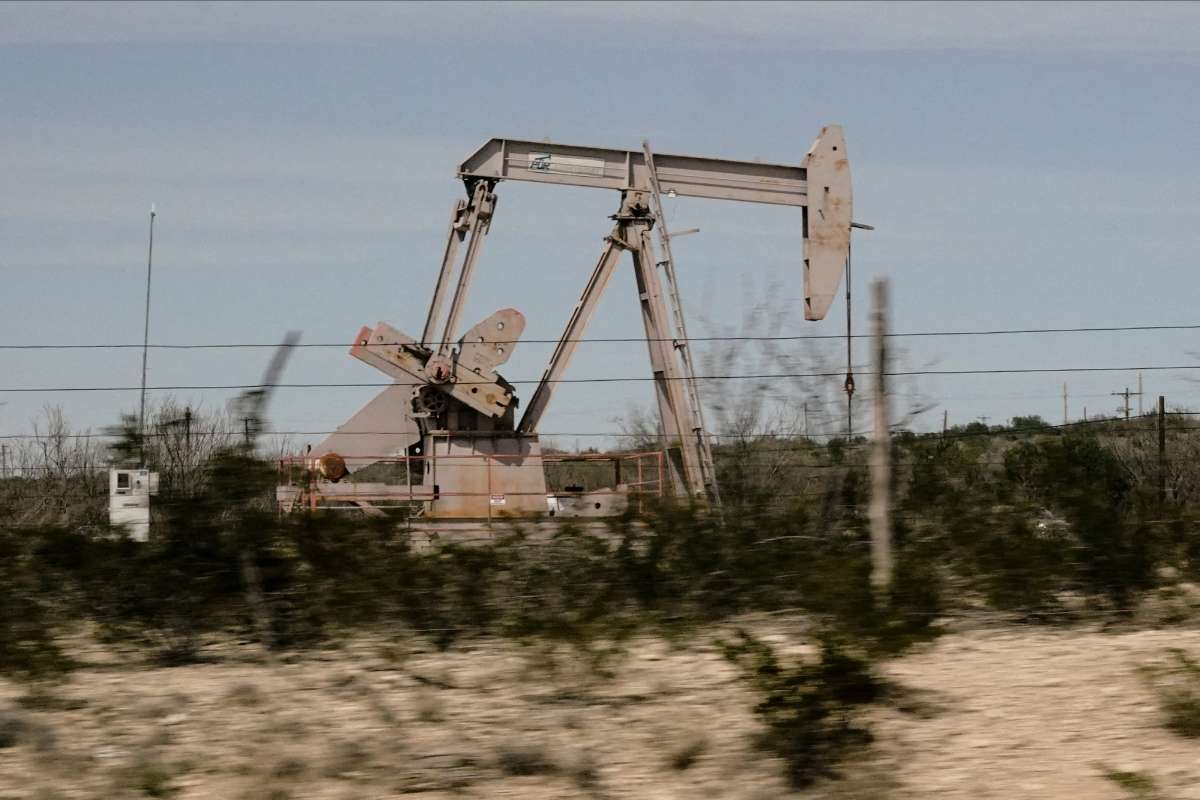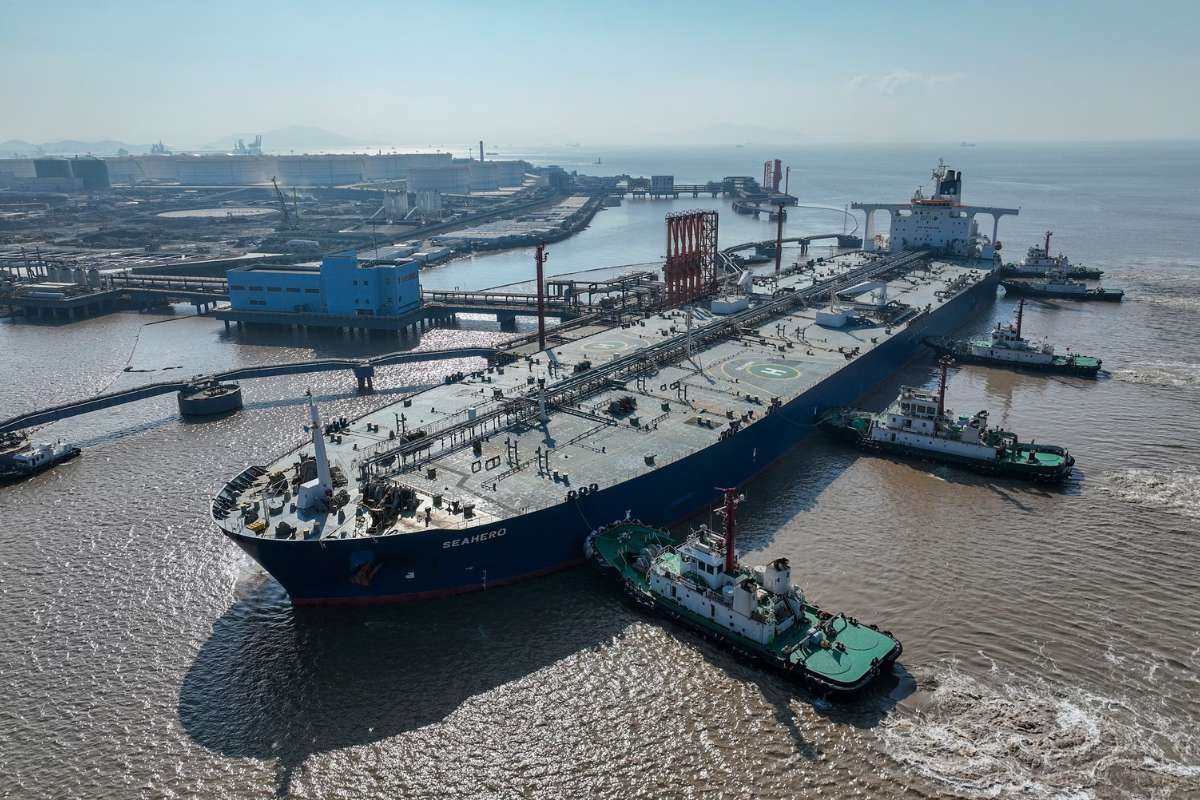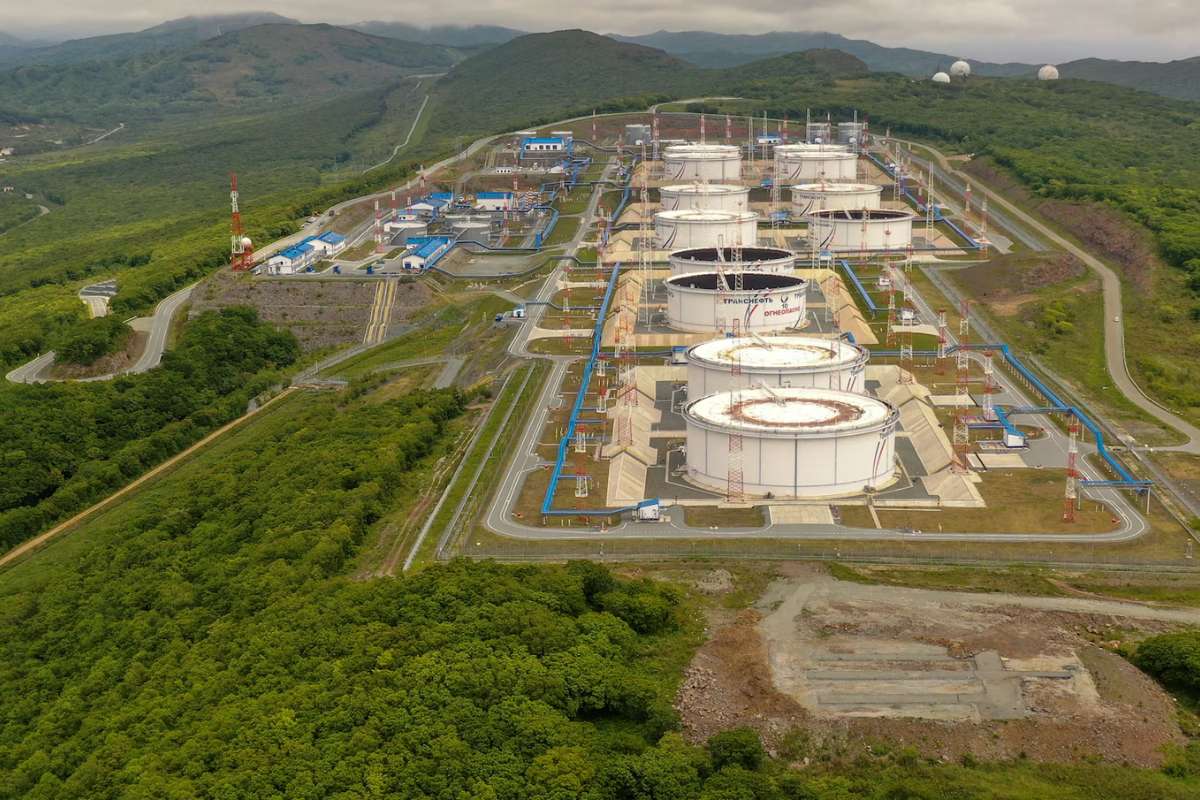Rising Tensions Over U.S. Tariffs Impact Lambton’s Economy
The Lambton Economy, a significant hub for agriculture, petrochemicals, and manufacturing, is grappling with the threat of heavy tariffs from the United States. Matthew Slotwinski, head of the Sarnia-Lambton Economic Partnership, highlighted the growing uncertainty affecting local industries and investors. U.S. President Donald Trump has proposed a 25% tariff on Canadian goods, with the potential to be enacted as early as February 1.
If implemented, the tariff could make Canadian products less attractive to U.S. consumers, slowing sales and resulting in potential job losses. Premier Doug Ford has warned that such tariffs could lead to the loss of 500,000 jobs in Ontario alone. However, Slotwinski noted that even before the tariff threat, political uncertainty had already been stalling projects in the region, with significant initiatives like Diageo’s $250 million Crown Royal plant being put on hold in St. Clair Township.
Tariffs Could Impact Agriculture and Petrochemical Industries
Slotwinski pointed out that Lambton economy is deeply integrated with the U.S., particularly in sectors like petrochemicals and agriculture. The region sees significant cross-border trade, with agricultural exports being especially vulnerable. Approximately 60% of Ontario’s agricultural production is exported to the United States, and greenhouse vegetable growers are particularly at risk. In Canada, over 99% of greenhouse produce is sent to the U.S., with operations in Sarnia-Lambton playing a key role. Slotwinski emphasized that the agricultural sector, including both crops and livestock, is heavily reliant on the U.S. market. The imposition of tariffs could disrupt this trade, potentially hurting local growers and producers.
Drew Spoelstra, president of the Ontario Federation of Agriculture, echoed these concerns, stressing the importance of maintaining open trade relations with the U.S. He expressed worry that tariff threats could drive up the cost of production for Ontario farmers, especially considering the high volume of imports, such as fertilizers and veterinary supplies, that are essential to food production. Furthermore, Spoelstra raised concerns about the potential for food and beverage manufacturers to shift investments to the U.S. rather than Ontario, which could harm the province’s processing capacity for key products like beef, pork, milk, and grains.
Political Uncertainty Hampers Investment in Lambton
As tariff discussions continue, the lack of clarity regarding the U.S. administration’s plans and the political landscape in both Ontario and Canada is creating a challenging environment for the Lambton Economy. Slotwinski noted that the uncertainty is hindering companies’ ability to make long-term investment decisions. The prospect of major changes in both Canadian and provincial governments adds to the volatility, leaving many businesses unsure about the future and slowing their expansion plans. He emphasized the need for clear responses from the provincial and federal governments to address the uncertainty and help businesses navigate the potential fallout from the proposed tariffs.
Visit Oil Gas Energy Magazine for the most recent information.












